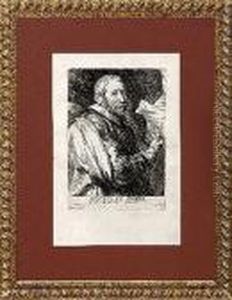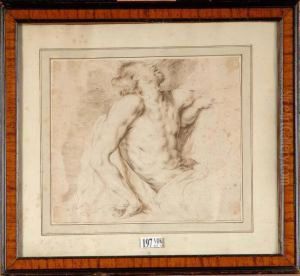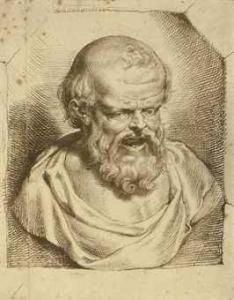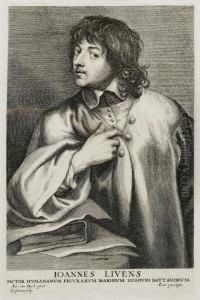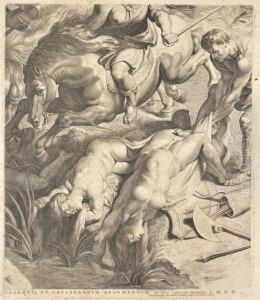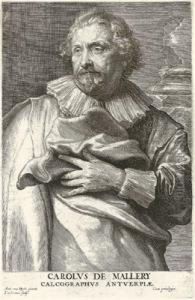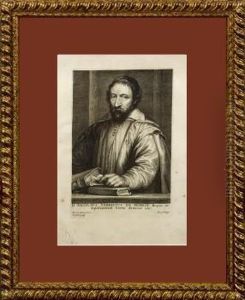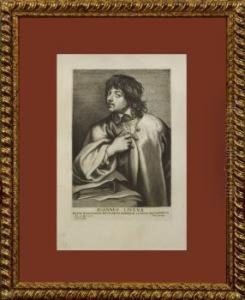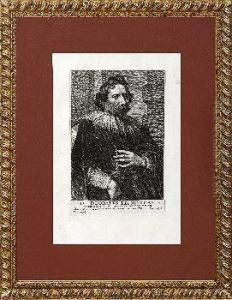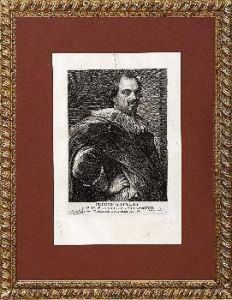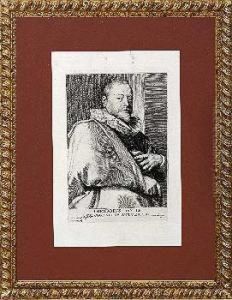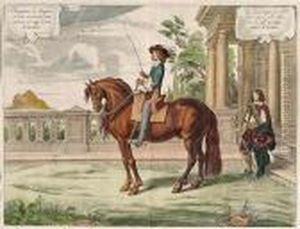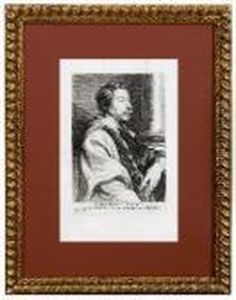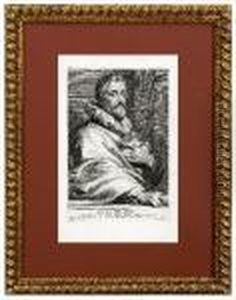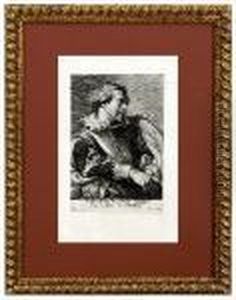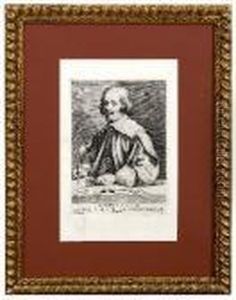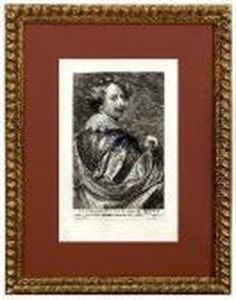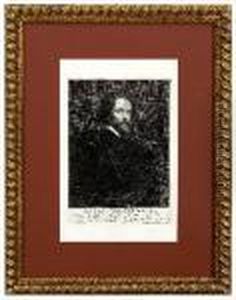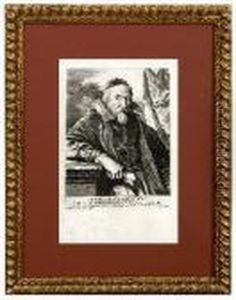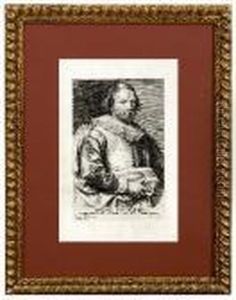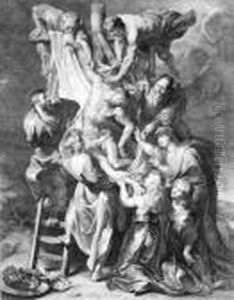Lucasemil I Vorsterman Paintings
Lucas Emil Vorsterman, also known as Lucas Vorsterman II, was a Flemish Baroque engraver born in 1595 in Antwerp, then part of the Spanish Netherlands. He was the son of Lucas Vorsterman I, who was a prominent engraver and a close collaborator of Peter Paul Rubens. Lucas II likely received his early training from his father and succeeded his father's tradition of engraving, although he never achieved the same level of fame.
Vorsterman II's works include religious subjects, portraits, and landscapes. His engravings were often based on the works of other artists, a common practice at the time. This included reproducing paintings by leading artists of his day, which helped disseminate their work to a broader audience.
Over the course of his career, Lucas Emil Vorsterman II contributed to the spread of the Baroque style throughout Europe. His prints were collected and appreciated for their technical skill and artistic qualities. However, compared to his father, there are fewer records of his life and his works are less well-known today.
Vorsterman II's artistic output includes both original compositions and reproductions of other artists' works. He was part of the lively and competitive art scene in Antwerp, which was a major center of art production and trade during the 17th century.
Lucas Emil Vorsterman II lived through a dynamic period in European history, characterized by significant artistic, political, and religious changes. He died in 1675, leaving behind a body of work that, while overshadowed by his father's legacy, contributed to the Baroque movement and the art of engraving. His works continue to be studied by art historians and are held in various museum collections across the world.
